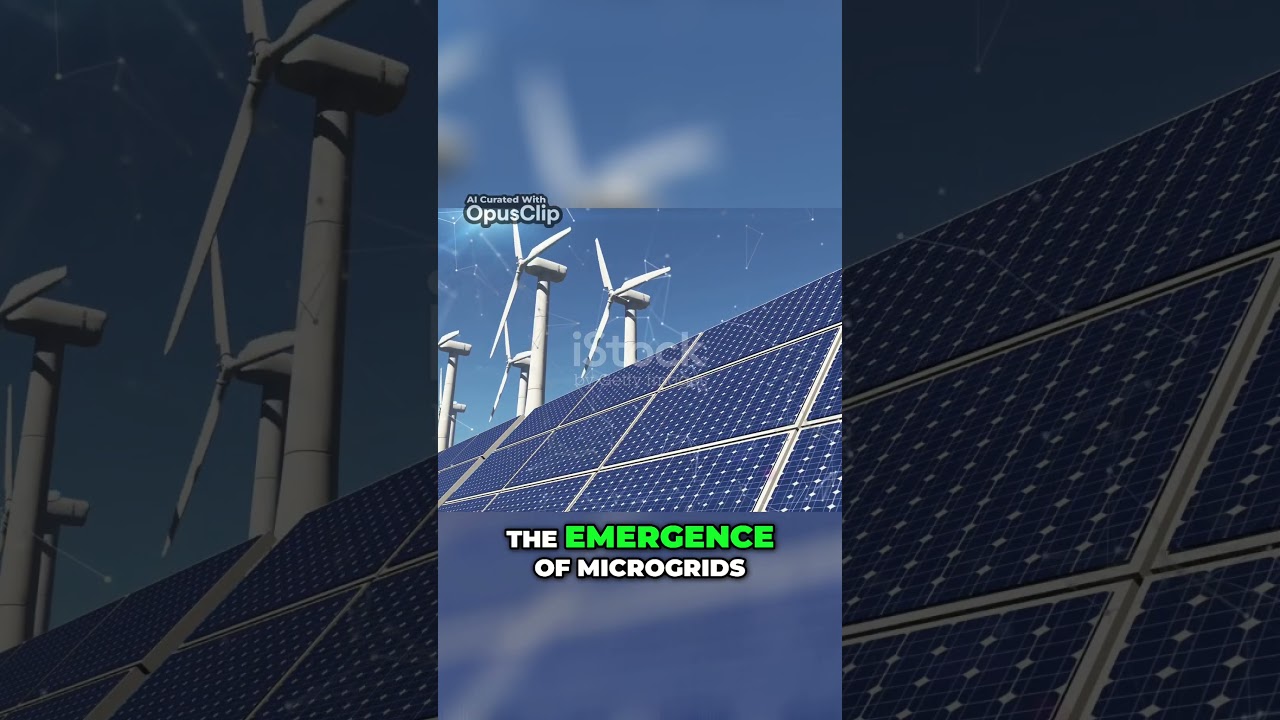
As the world moves towards a more sustainable future, the role of microgrids in revolutionizing various sectors, including educational institutions, cannot be understated. Microgrids, which are localized grids that can operate independently or in conjunction with the main power grid, offer a host of benefits that can significantly enhance the energy efficiency, resilience, and sustainability of educational facilities.
One of the key advantages of microgrids in educational institutions is their ability to enhance energy resilience. By incorporating microgrid technology, schools and universities can ensure a reliable power supply even during grid outages or emergencies. This is particularly crucial for educational institutions that house critical facilities such as research labs, computer servers, and medical centers.
In addition to improving resilience, microgrids also play a significant role in enhancing energy efficiency in educational institutions. By generating power locally through renewable sources such as solar panels or wind turbines, microgrids can reduce the reliance on traditional fossil fuels and minimize greenhouse gas emissions. This not only helps educational institutions lower their carbon footprint but also leads to cost savings in the long run.
Moreover, the integration of microgrid systems in educational institutions can provide unique opportunities for hands-on learning and research. Students studying engineering, environmental science, or related fields can gain practical experience in designing, implementing, and managing microgrids. This hands-on approach not only enhances the educational experience but also prepares students for careers in the growing field of sustainable energy.
Across the globe, numerous educational institutions have already embraced microgrid technology and reaped its benefits. For example, Stanford University in California has implemented a sophisticated microgrid system that incorporates solar panels, energy storage, and advanced controls. This system not only provides reliable power to the campus but also serves as a living laboratory for research and innovation.
Furthermore, microgrids are particularly transformative for rural educational institutions that may lack access to a stable power grid. By deploying microgrid solutions powered by renewable energy sources, these schools can overcome energy challenges and create a conducive learning environment for students. This not only improves educational outcomes but also contributes to the overall development of rural communities.
Looking ahead, the potential of microgrids for educational institutions is immense. With advancements in technology and increasing awareness of the importance of sustainability, more schools and universities are likely to adopt microgrid solutions to meet their energy needs. This shift towards decentralized, clean energy systems not only benefits educational institutions but also paves the way for a greener and more resilient future.
Collaboration and knowledge sharing among educational institutions, industry partners, and government agencies will be crucial in realizing the full potential of microgrids for the education sector. By sharing best practices, conducting research, and fostering innovation, stakeholders can collectively drive the adoption of microgrid technology and create a more sustainable energy landscape for future generations.
Ultimately, the integration of microgrid systems in educational institutions not only benefits the present generation but also empowers the next generation of leaders, innovators, and changemakers. By equipping students with the knowledge and skills to harness the potential of microgrids, educational institutions play a pivotal role in shaping a more sustainable and resilient world.